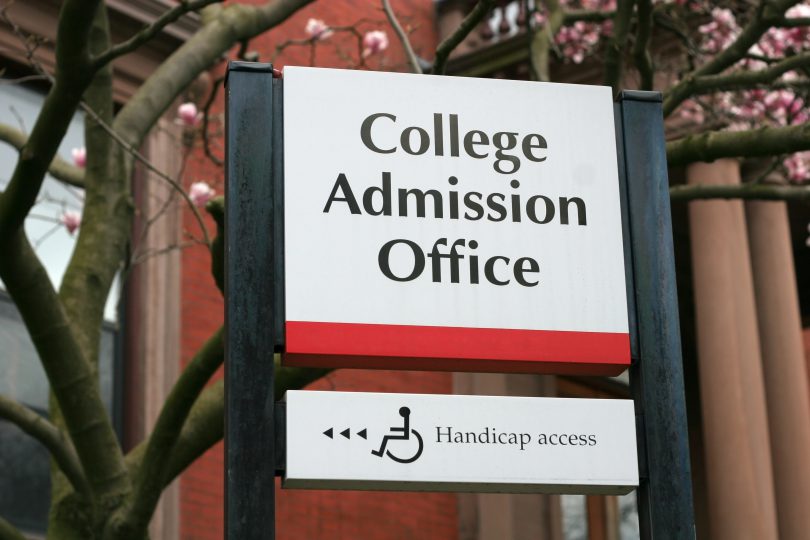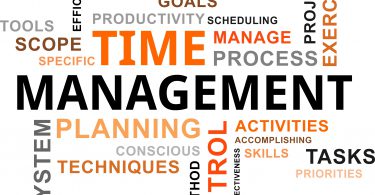What does it take to play college baseball? That’s the million-dollar recruiting question with a million different answer.
“Get exposure to college coaches!”
“Develop a great skill set!”
“Play the game hard and be a great teammate!”
None of these answers are wrong. You have to be seen by college coaches to get recruited. Having a good enough skill set to perform at the college level is absolutely necessary. Playing hard and being a great teammate are non-negotiables. The question is simply too broad and the answers too vague and scattered to give a college baseball hopeful any direction or actionable steps to take. So, let’s reframe it into something we can answer more concretely:
What are college coaches looking for in a recruit?
Immediately, this question offers a perspective that many recruits fail to grasp to their own detriment. Getting interest from college coaches is not about the recruit, it’s about the college coaches doing the recruiting. They are the gate keepers of opportunity. Figure out what they are looking for and work backwards to make it as easy as possible for them to see you can do it.
In the past, we’ve asked a few dozen college coaches what qualities they look for in recruits. You can read Part 1 and Part 2 of the mini-series. The KPB Podcast also has interviews with dozens of college coaches. Below, we walk you through a 3 step process to reverse-engineer the recruiting process from a college coach’s perspective.
Step 1: Start General and Work Towards the Specific
While every college coach has slightly different preferences and each level of college baseball has a different standard of play, there are common characteristics that all coaches value. Start by demonstrating that you are a strong candidate in these 4 core areas:
- Baseball Tools and Physical Skills
- The Mental Game
- Strong Grades and Quality Character
- Positive Attitude and Great Effort
Coaches will also value your ability to show intangible traits like honesty, trustworthiness, the ability to communicate clearly, and attention to detail, among others.
Step 2: Break down what it means to be good in each core area
There’s a lot that goes into being a college player and each of the 4 core areas listed above have many components. Breaking such big parts of your game down into more manageable chunks is important. The following articles break each core area into 4 actionable steps:
Baseball Tools and Physical Skills
Strong Grades and Quality Character
Positive Attitude and Great Effort
Step 3: Make it Specific to Each Level, Conference, and School
We can’t overstate the importance of doing your research, and this is where it really comes into play. Look closely at both recruiting and player characteristic patterns for the level, conference, and programs you are interested in. Use this information to help you pursue programs that recruit players with your skill set and to better understand what abilities, qualities, and characteristics players at programs of interest possess that you need to be able to demonstrate.
Patterns and common characteristics are evidence of a coach’s preferences and what you should be aiming to show him. For example, if every pitcher for Big Time Tech is 6 foot or taller and throws 90+ mph, that’s a pretty good indication that there is a standard for size and velocity that matters to the program and that is something you can use to your advantage (if you are over 6 feet and throw 90+). Similarly on the recruiting side, if every player for Middle Tech State comes from the Mid-West, it’s likely that’s where they will recruit from. If you are a Mid-West player, that’s good news for you. If you are out-of-state and have that as a priority school, you’ll need to go to them (camps, events, etc.) to get seen and generate interest.
There will be certain boxes that you simply won’t fit into no matter what you do, but there’s nothing you can do about it and shouldn’t waste time worrying about things outside of your control. In general, you will make better use of your time and have more opportunities if you follow the patterns instead of chase being the exception (Being from California and playing for Middle Tech State in the example above, is a low probability). It’s okay to have “reach” schools and pursue opportunities where you go against the mold, but the majority of your efforts should focus on where you fit. Focus on recruit characteristics that you have the power to develop, improve, and achieve. Remember that there are coaches out there that value different things and many aspects of recruiting are subjective.
Summary: Reverse-Engineering Your Recruitment
Just like software engineers taking a finished product and breaking it down to better understand the design, architecture, and individual components, you can do the same with the recruiting process. Peel back each layer of what a college player looks like, getting more specific as you zero in on the level, type of school, or coach you wish to play. By understanding exactly what college coaches, or, even better– a specific coach at a program of interest–are looking for, you will be able to put that on display and show them that you have what they want. Doing so will require a lot of effort and dedication, but by working backwards and combining your new-found insight with a plan to improve, you will save time spinning your wheels and be able to put together a baseball skill set and resume that reflects what coaches want. Working backwards in the recruiting process shows you what it takes to play at the next level and helps you show that you have what it takes.
Want to listen to the audio version of this article? Just click play below!







